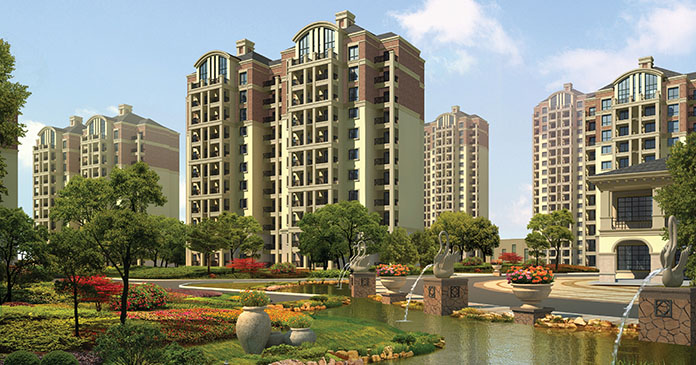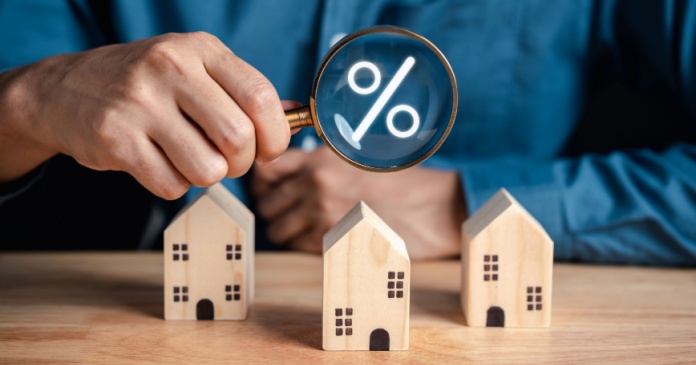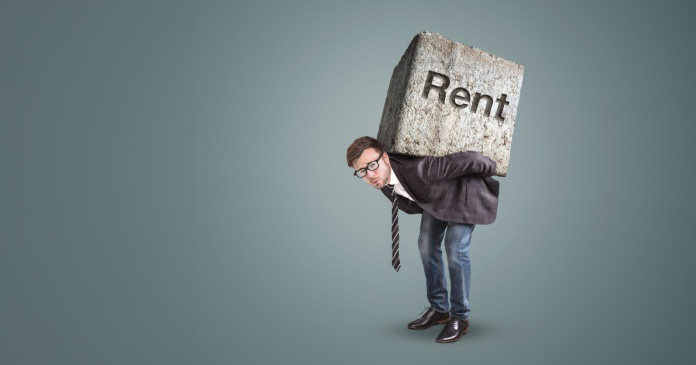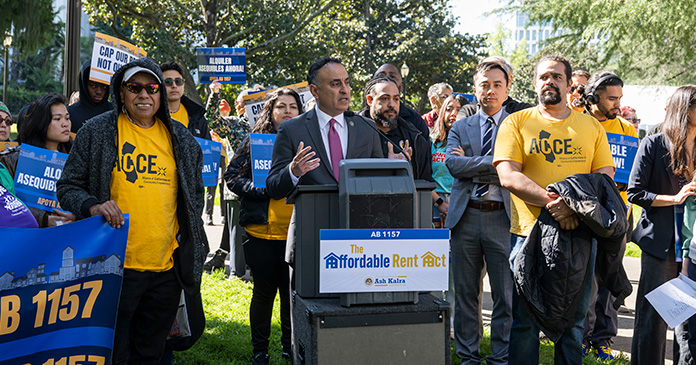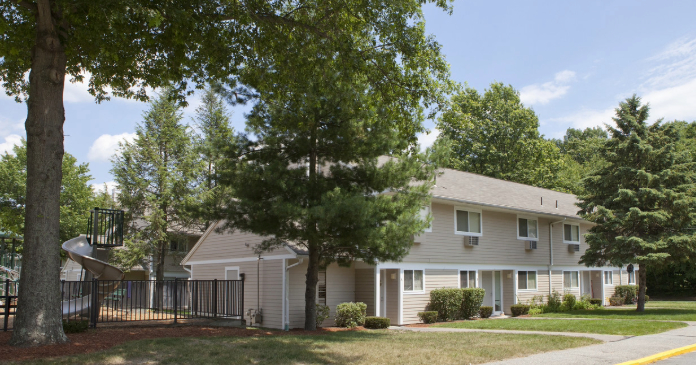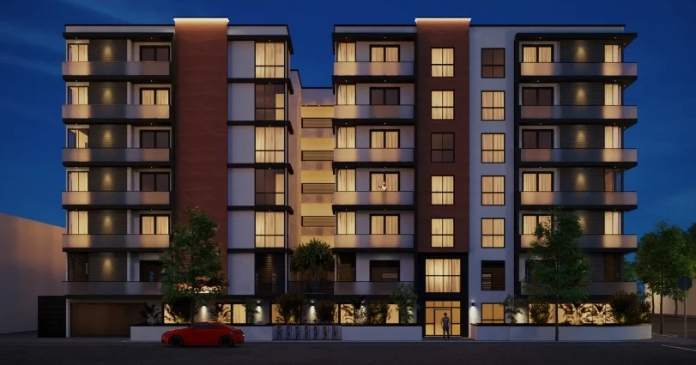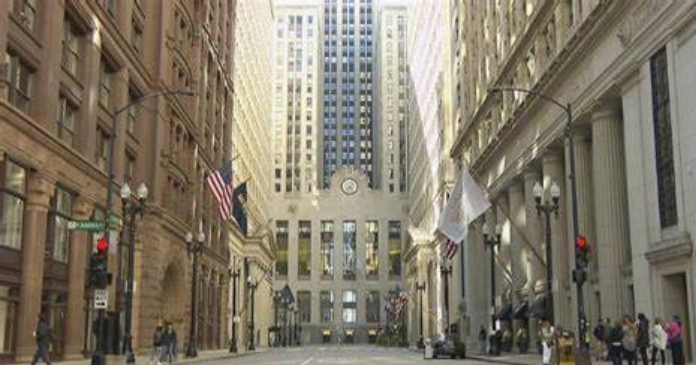The number of permits to build apartments jumped to a three-year high in October. In 12 months, they’ve surged 63 percent.
Blame the housing bust, which left many people without the means, the credit or the stomach to buy. More people need apartments. The demand has driven up monthly rents. And apartment-home builders are rushing to cash in.
That said, the overall home market remains depressed. Builders are still struggling. They broke ground on a seasonally adjusted annual rate of 628,000 homes in October, the government. That’s barely half the pace that economists equate with a healthy market.
High unemployment, stagnant pay and waves of foreclosures have slowed sales of single-family homes, which make up about 70 percent of the home building market. Apartment construction may be surging, but it’s a small portion of the industry.
More apartment building won’t add enough jobs to reduce unemployment or hasten an end to the housing crisis. Still, it’s contributed to the overall economy’s growth for two straight quarters. And many economists expect apartment construction to grow for at least the next 12 months, as long as the economy avoids another recession.
“You’re not going to see apartments as an economic driver,” said James Marple, senior economist at TD Economics. “But it’s renters who are clearly going to drive the demand for housing.”
It’s also worth keeping the increase in perspective: The growth in apartment construction is coming off extremely low levels. Last year, for example, only 146,000 apartments were built. That was the fewest since 1993. This year’s pace isn’t much more.
By comparison, in 2005, just before the housing market went bust, 258,000 apartments were built. Some signs suggest that builders could match that level over the next few years.
One such sign: Permits for apartment buildings, a gauge of future construction, have jumped more than 60 percent over the past year. That compares with just 6.6 percent growth in permits for single-family construction over the same period.
“The demand is there,” said Mark Obrinsky, chief economist at National Multi Housing Council. “Rents have recovered, much of them to where they were before the recession.”
Bob Champion, who runs a real estate company in Los Angeles, says he has four apartment projects in development. That matches the number he had in 2005.
It’s quite a shift from 2006, when Champion’s company stopped building apartments because the cost of land had skyrocketed.
Champion has raised rents about 4 percent this year. His occupancy rate is 95 percent. As recently as last year, his rents were flat, and he was dangling incentives, like a free month’s rent, to woo tenants.
“People who can’t afford to buy a home, rent,” Champion said. “That’s why the apartment market has stayed healthy.”
Champion won’t likely be building as many apartments next year, though. Land prices have doubled in the past two years, he said. Competition for apartment land has intensified.
For many builders, financing for a project remains a big obstacle. So is time. Apartment projects take an average of 18 months to build.
Still, fewer home buyers mean more people must rent. Nearly 4 million new renting households were created between 2005 and 2010, according to Harvard’s Joint Center for Housing Studies. Under normal economic conditions, that’s more than 10 times the number of new renters who would be expected in a five-year span.
Homeownership has fallen more over the past decade than in any other 10-year stretch since the Great Depression. Roughly 65 percent of Americans own homes. That’s down from a peak of nearly 70 percent in the middle of the decade.
As more people have become tenants, landlords have felt emboldened to raise rents.
The average rent in the United States has risen 2.4 percent over the past 12 months to $1,004 a month, according to the real estate data firm Reis Inc. Over the previous year, rents rose just 1 percent. Between 2008 and 2009, they actually fell 2.7 percent.
AvalonBay Communities Inc., based in Arlington, Va., has raised rents by an average 6 percent in the past year. The company earned 11 percent more in rental revenue in the July-September quarter than in the previous quarter.
With nearly 54,000 units, AvalonBay is one of the largest apartment developers in the country. Nearly 96 percent of its apartments had been occupied by the end of September, according to its earnings reports.
The average rent at AvalonBay’s cheapest complex under construction, in Seattle’s Ballard neighborhood: $1,715. The builder completed 1,280 more apartments between July and September and started work on 933 others.
At Equity Residential, whose chairman is real estate magnate Sam Zell, rental income jumped 12.7 percent in the July-September quarter over the same period a year before.
Equity Residential is the nation’s largest apartment owner. Nearly 25 percent of its apartments are in Phoenix, Orlando and South Florida, which were hammered by the housing bust and where its average rents are the lowest.
Yet Equity’s properties there are faring well. The average rent for one of the company’s 9,300 apartments in Phoenix rose from $837 last year to $925 this year.
Zell, whose net worth is roughly $5 billion, has publicly extolled the prospects for his apartment business over his office and retail operations.
Author: Derek Kravitz, Alex Veiga, AP


